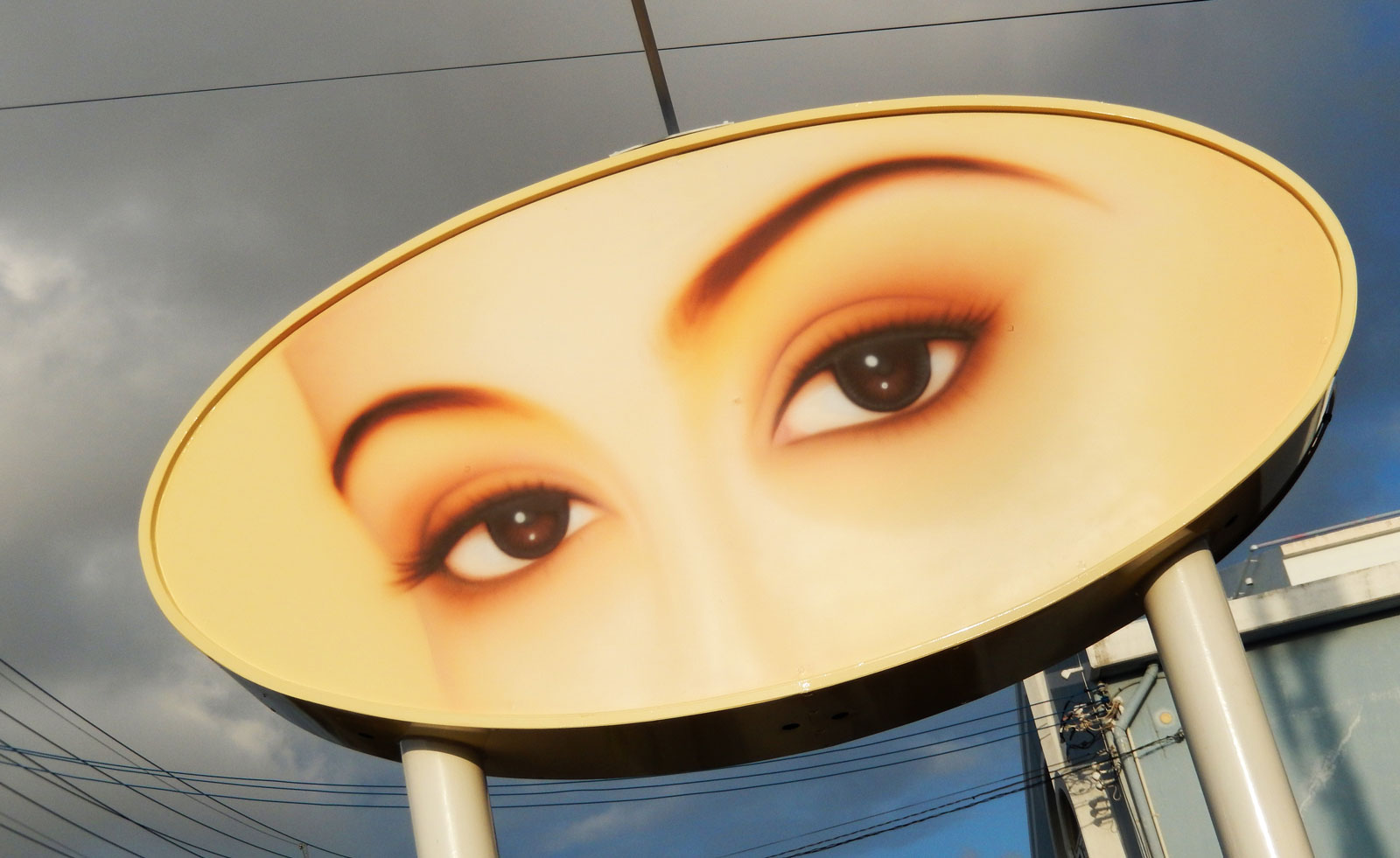
Picture 50 different skies painted in staggered shades of blues and greys, reds and pinks onto the front pages of local newspapers from across Japan – each one casting shadows on the curved walls of a rotunda where they are displayed.
This is the view that greets visitors upon arrival at Tokyo National Museum’s historic Hyokeikan building, which is currently home to a major new exhibition celebrating 50 years of iconic jewellery maison Cartier’s presence in Japan.
The paintings were created by Sho Shibuya, the New York-based Japanese artist, who undertook a journey across his homeland capturing the shifting tones and atmospheres of the sky – one of a number of works commissioned by Fondation Cartier to mark the anniversary.
50 years of Cartier in Japan
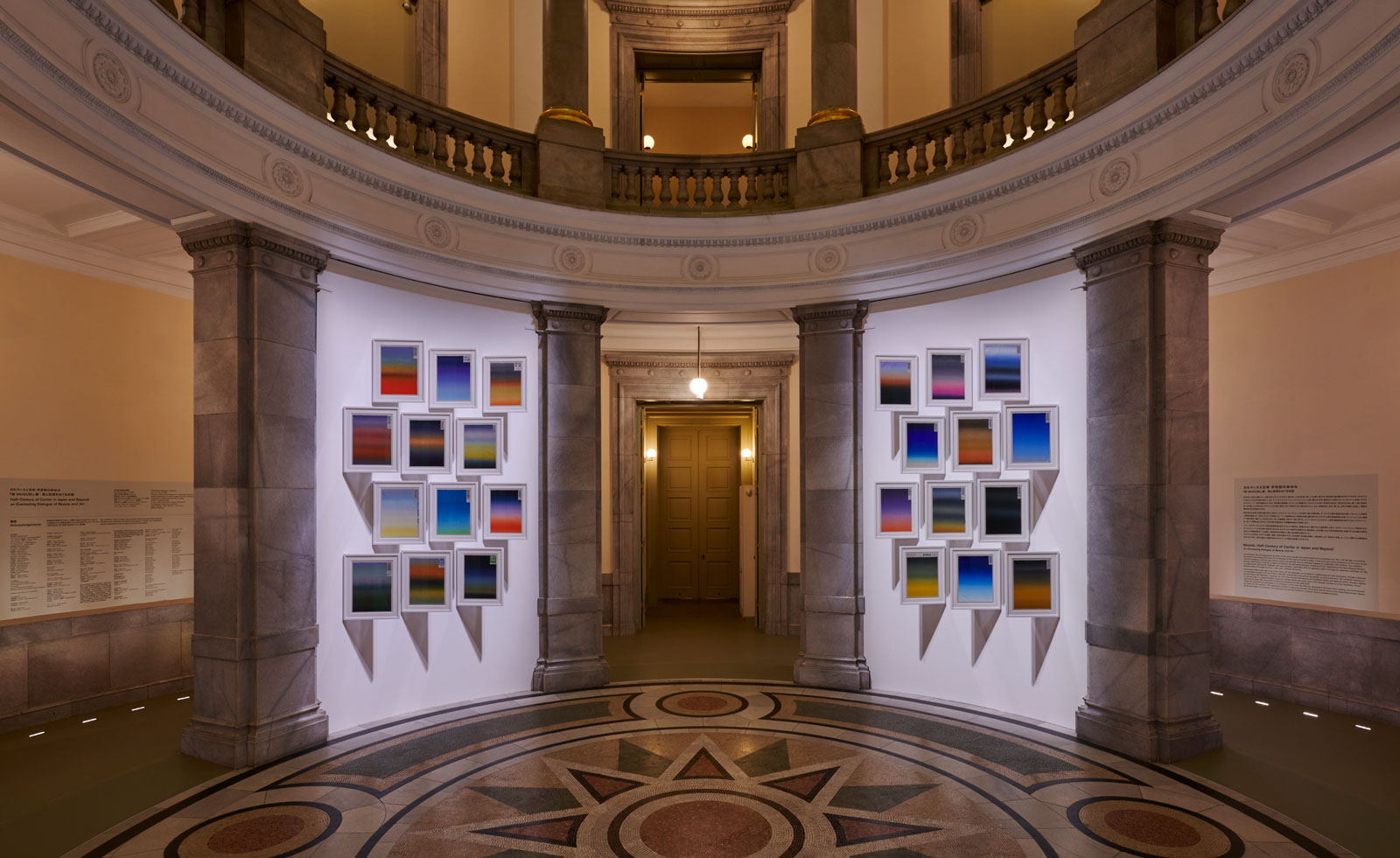
It marks the threshold of an elegantly curated journey that unravels 50 years of intertwined narratives between Japan and the jewellery maison – from the Japonisme imprint on its earliest jewellery creations and the 1974 opening of its first Tokyo boutique through to its creative exchanges with a raft of contemporary Japanese artists.
The exhibition, entitled ‘Musubi - Half-Century of Cartier in Japan and Beyond: an Everlasting Dialogue of Beauty and Art’, is layered in history, innovation and creativity, with scenography by Studio Adrian Gardère smoothly balancing exhibits with the Hyokeikan’s heritage architecture.
Key to the concept is the word musubi – the symbolic ties or knots often found in Japan’s traditional culture, from shrines to kimono, interpreted in this context as ‘the power of the divine spirit produced by being bound together’.
The end result is a symphonic journey through the layers of Japan and Cartier’s connections, through decades of crafted creations by the jewellery house as well as the creative legacy of its contemporary art foundation’s journey with a roll call of Japanese artists.
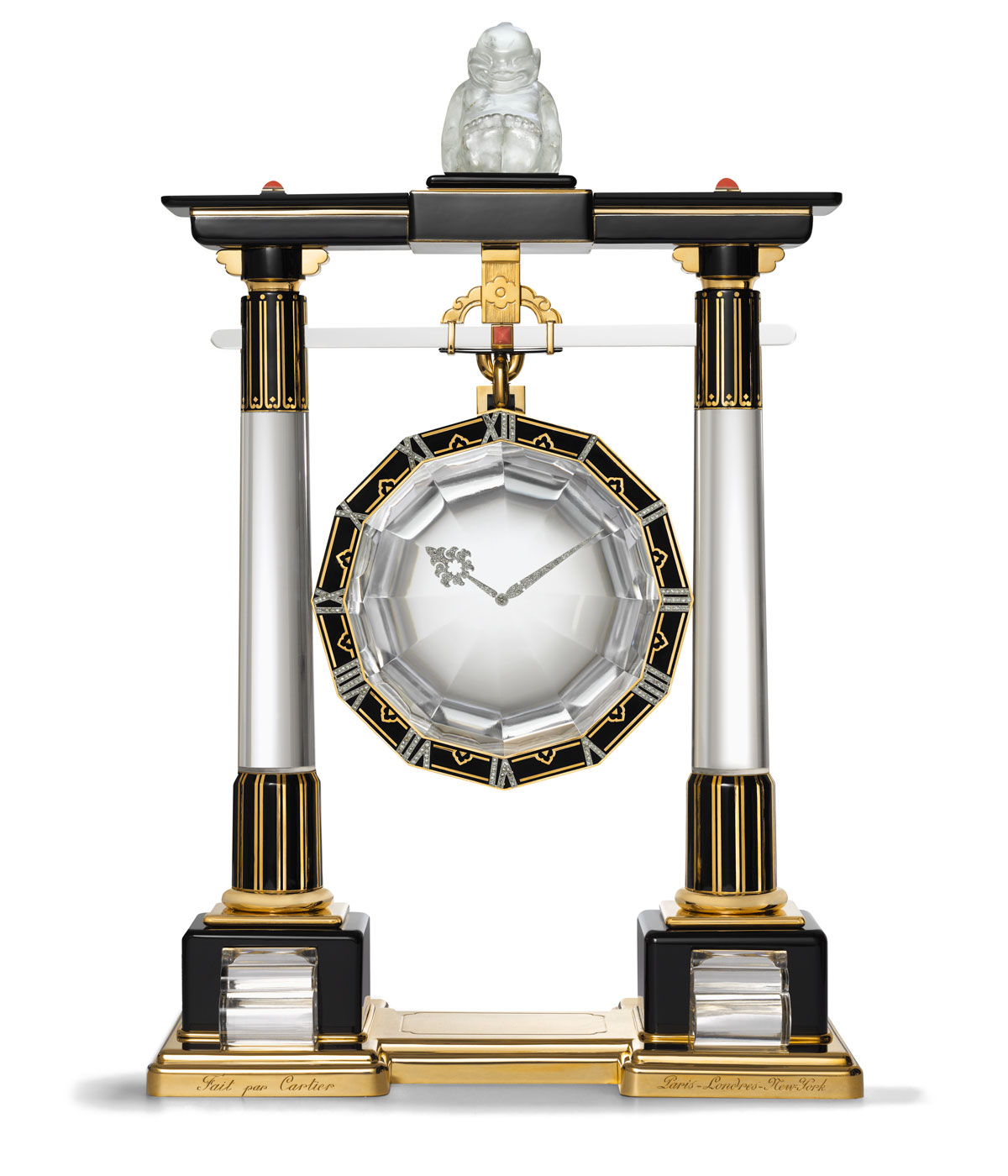
Reflecting on the past 50 years, Pierre Rainero, the image, style and heritage director at Cartier, tells Wallpaper*: ‘Cartier’s interest in Japan started very early. But having a presence in Japan since 1974 changed many things. It’s a physical link that is not just a commercial bond. Japan is the epitome of modern life and our presence here marked a big change in how we perceive the world.’
Highlighting the timeless values and notions of beauty which are shared between these two worlds, he adds: ‘One affinity is this sense of beauty linked to the idea of exquisite craftsmanship. And then there is the beauty of the accident. This can be seen in Japanese ceramics in which you don’t master everything – you accept the transformation of the colours and the pigments in the firing and you appreciate it. This idea is also very present in Cartier. When you are a jeweller, you accept the accidents of stones. It is the idea of accepting things as they are, an acceptance of the beauty of nature.’
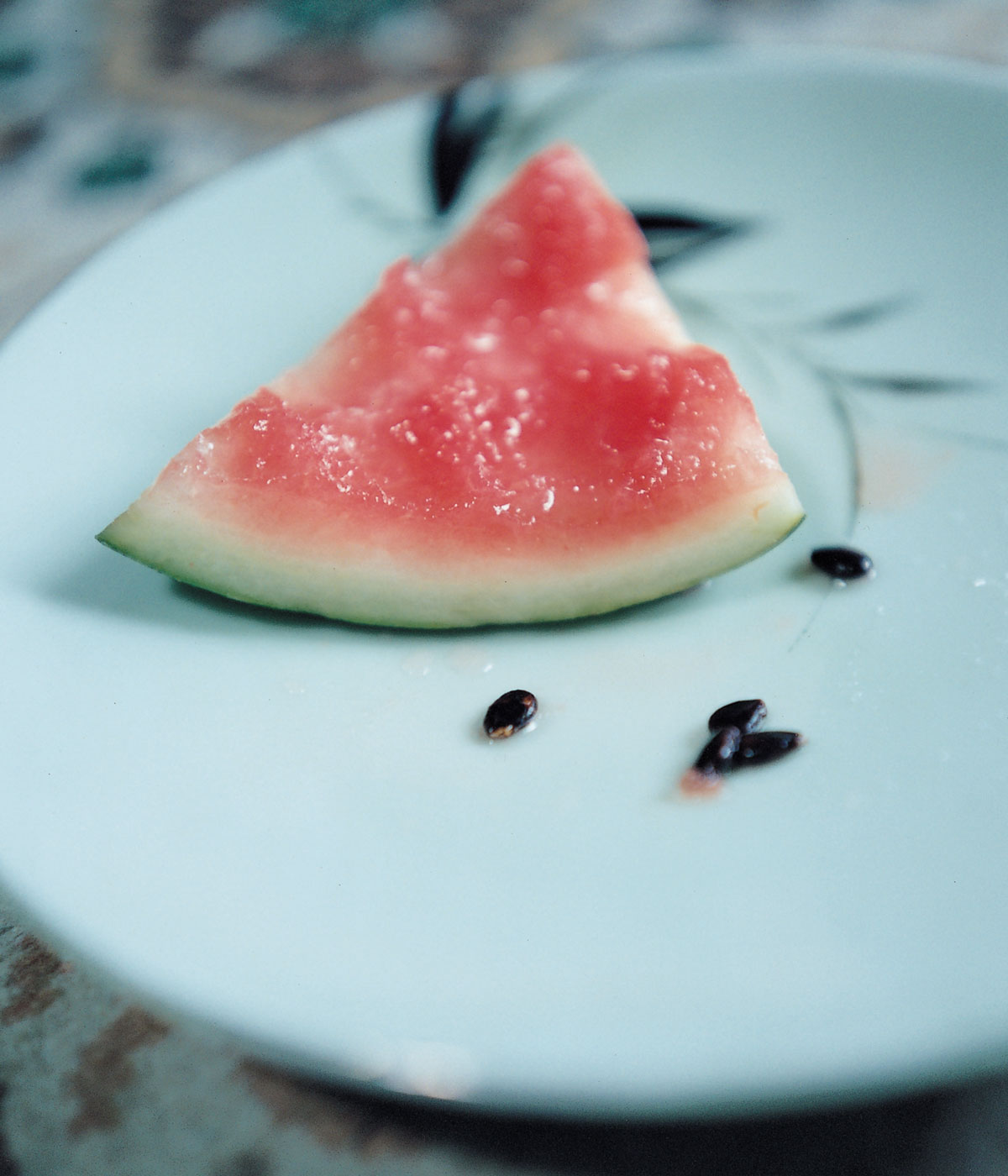
Upon entering the exhibition, curated by Hélène Kelmachter, the two parallel wings of Hyokeikan tell two different stories. Turning right from the central skies-fill rotunda, visitors explore part one: ‘Cartier and Japan, a Tribute to Art and Beauty’.
Here, the sensitively lit century-old space unfolds to reveal a treasured cornucopia of around 120 pieces from the Cartier Collection plus private loans and 50 items from the Cartier Archives across two levels, connected by a curved stone staircase.
The starting point is the blossoming of Japonisme in the late 19th century, a movement that deeply influenced the creative trajectory of Louis Cartier, the son of the maison’s founder and an avid collector of Japanese art and books, despite never visiting the country in person.
Among masterpieces on display is a brooch made in 1907, with its flowing interconnected lines of platinum, gold, diamonds and sparkling rubies, forming a classic Japanese knot motif.
Further reflections of Japan can be found in a series of Mystery Clocks – including the 1923 Portique, its rock crystal, diamond and onyx form meticulously designed to resemble the torii gate of a traditional shrine.
Cartier’s early reimaginings of Japan are also echoed in the geometric motifs of a gold 1912 cigarette case; the sparkling flow of a sakura cherry blossom-motif bracelet from 1925; and the organic bamboo-inspired surface of a gold, sapphire and emerald lipstick holder in 1950.
The exhibition further highlights how the creative synergy between Japan and Cartier hit new heights in 1974, with the opening of its first store in Tokyo’s trend-triggering Harajuku, complete with a façade replicating the Rue de la Paix boutique in Paris and a leafy mystery garden.
A further spotlight is cast on the recreation of exhibitions then held by Cartier in Japan through the years, including the immersive 2004 curatorial vision of Ettore Sottsass in Kyoto’s Daigo-ji Temple and Tokujin Yoshioka’s experiential holographic 2009 exhibition also in the Hyokeikan.
Meanwhile, the left wing of the Hyokeikan is dedicated to ‘Fondation Cartier Pour L’art Contemporain And Japanese Artists: A Never-Ending Conversation’, reflecting the Japan journey of the influential foundation. Since its establishment in 1984, it has consistently cast a string of now widely acclaimed Japanese artists into the global spotlight, through collaborations rooted in creative freedom.
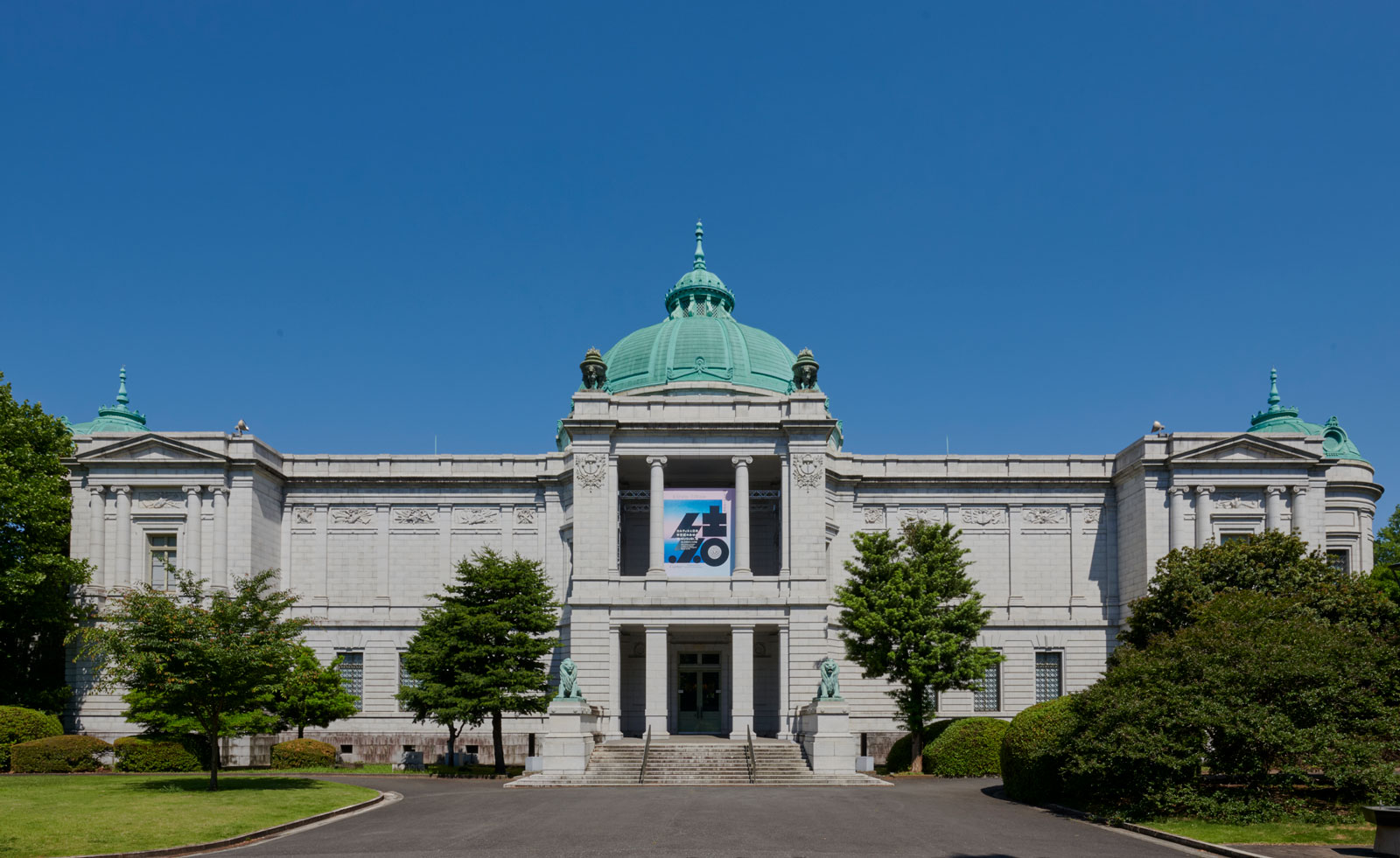
This chapter of the exhibition unfolds in bursts of colour and immersive installations, made up of 150 artworks by 28 artists – and the starting point is a series of portraits of featured artists painted in the bold signature strokes of legendary Tadanori Yokoo.
An exploratory blurring of boundaries also unfolds in the installations of early landmark Cartier exhibitions by artists such as Issey Miyake and Takeshi Kitano; while a kaleidoscopic photographic journey is created through the vision of cult names including Hiroshi Sugimoto, Nobuyoshi Araki and Rinko Kawauchi.
Other highlights include the immersive Zen Buddhism-inspired emptiness of Tatsuo Miyajima’s 1996 digital number artwork Time Go Round (displayed for the first time in Japan) and the raw monochrome edge of Daido Moriyama’s 2016 slideshow Dog and Mesh Tights.
For Hervé Chandès, international director of the Fondation Cartier pour l’art contemporain, the starting point of the journey was his unexpected discovery of a string of Japanese artists – Moriyama, Yokoo, Araki – in a bookstore in Roppongi in the 1990s.
Referring to the thread that flows through the diverse collection of Japanese artists in the new exhibition, he tells Wallpaper*: ‘There is a uniqueness of language that connects them all. Yokoo is unique. Daido is unique. Nobuyoshi is unique. It’s not a question of taste, they have all invented a language with a very specific view. These are real artists who are deeply committed.’
He adds: ‘Artworks, society, issues may have changed over the past 40 years, but the work of the foundation is still based on the same concept – the idea of giving artists freedom. There is no limit. I hope this exhibition sparks the curiosity of people who visit.’
A scene-stealer in the exhibition is one of the foundation’s newest discoveries: Sho Shibuya and his Fifty Sky Views of Japan, a creative journey inspired by the idea of following in the footsteps of early travelling artists such as ukiyo-e woodblock print master Hiroshige Utagawa.
‘I love the idea of travelling and creating art at the same time,’ Shibuya tells Wallpaper*. ‘So I travelled and I painted, just like other artists have done in the past, through all of Japan’s prefectures. Hokusai also did something similar using Mount Fuji as an anchor, while Matsuo Basho wrote poems all over Japan.’
Describing how the daily ritual of painting skies on newspaper front pages began during the pandemic in New York, he adds: ‘It was a practice that kept me sane. It was like meditation.
‘For me, nothing is forever. This paper in 100 years will definitely be different. It will change and age. Inside stays the same – but outside we all age. To me, that’s the beauty of life.’
‘Musubi - Half-Century of Cartier in Japan and Beyond: an Everlasting Dialogue on Beauty and Art’ runs at Hyokeikan at Tokyo National Museum until July 28







